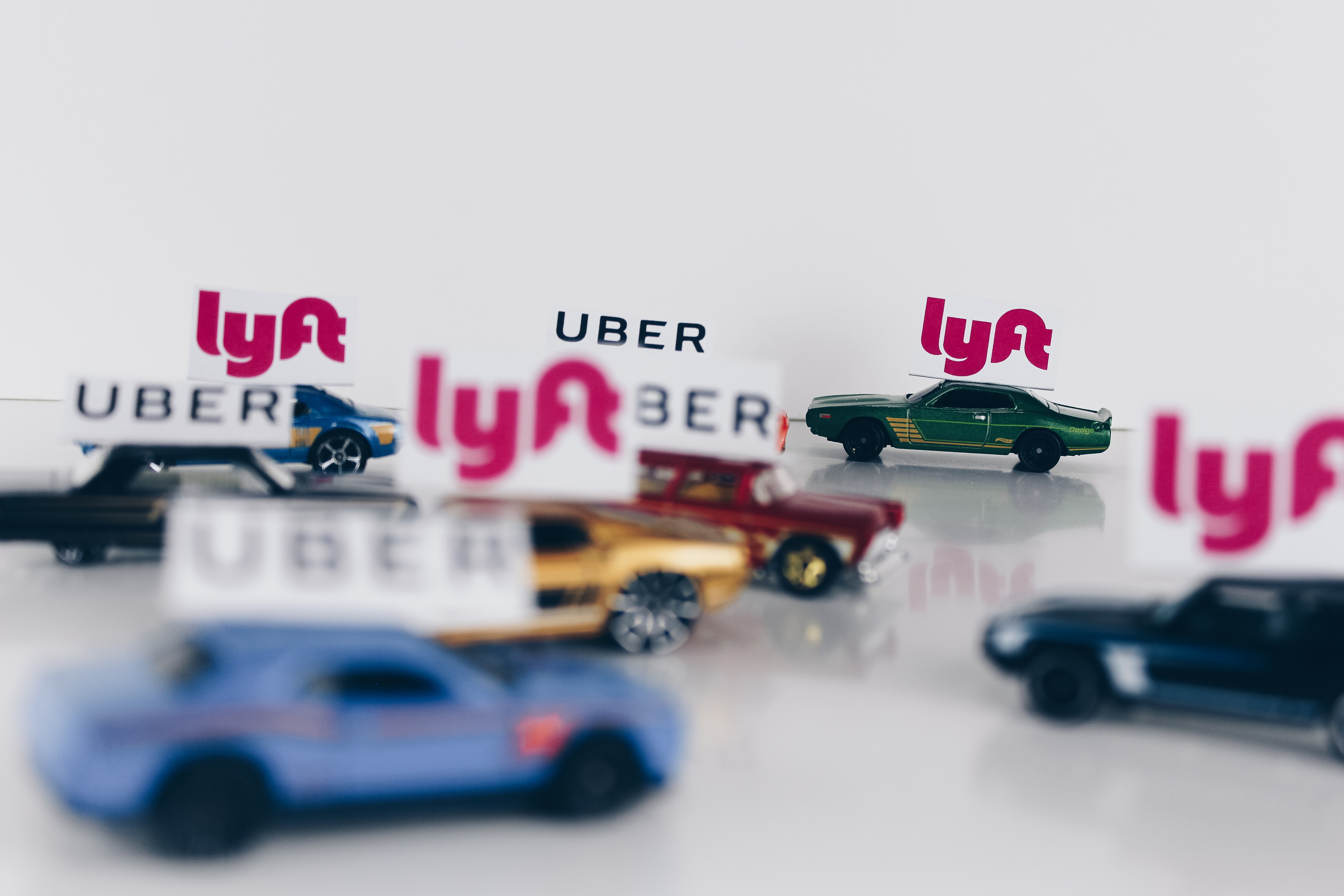As more companies begin to explore alternatives to the linear “sell it and forget it” business model, Product as a Service (PaaS) is gaining traction.
One of the five core business models to enable circularity identified by Accenture, the PaaS umbrella includes rental, leasing, pay-per-use and pay-per-service models of providing items that traditionally have been purchased outright – and usually landfilled by consumers when no longer needed. When a company retains ownership of a product – whether it’s a sofa, sweater or shipping container – it is incentivised to extend product life-cycles through repair or upgrade. And it’s held accountable for a product’s end-of-life management.
In practice, users – no longer called consumers in this context – theoretically will buy fewer things, especially when they don’t plan to own them indefinitely (I’m looking at you, high school prom dresses), leading to higher asset use and less need for virgin resources. For example, given that the average power drill is used for only a short duration during its useful life, the potential for purchasing performance rather than ownership is hard to ignore.
But just because a product is offered as a service doesn’t make it circular.
According to a recent report by BCG, the average lifespan of a publicly accessible e-scooter is just three months. This means a significant increase in average greenhouse gas emissions per ride and a decrease in the overall environmental benefit of this alternative to individual car rides. Similarly, the popularity of ride-hailing services such as Uber and Lyft has exacerbated urban congestion and accounts for a 50 percent increase in traffic between 2010 and 2016 in San Francisco alone. And let’s not forget about the disturbing photos of Chinese bikeshare graveyards.
If a circular economy aims to design out waste and pollution, keep materials at their highest and best use and regenerate natural systems, these examples aren’t exactly the poster children for circularity.
Passing the circularity litmus test requires a holistic understanding of resources and material flows. It’s not only about switching one type of customer relationship for another, or a laser focus on product end-of-life management.
It’s about applying these principles across industries and value chains, considering the actual impact of new business models rather than the allure of a pivot itself.
This editorial is adapted from GreenBiz’s Circular Weekly newsletter on the latest circular economy news, running Fridays.



